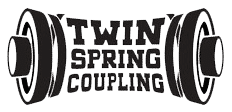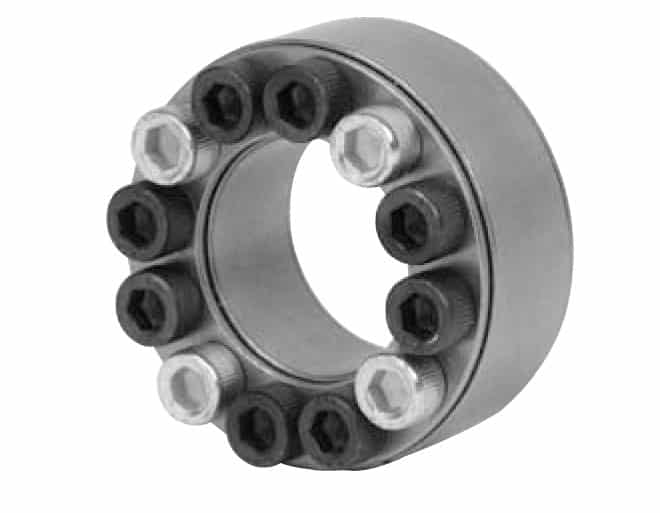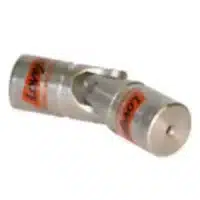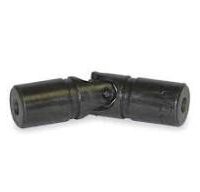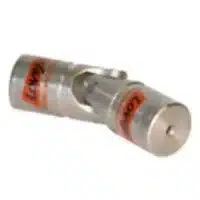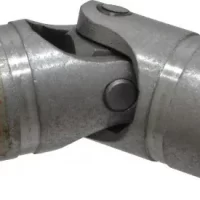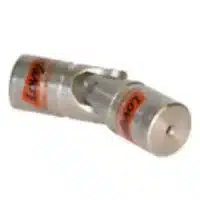Lovejoy 1500 Series Shaft Locking Device 3-3/8In shaft diameter
69790498109, SLD 1500 Series – Inch (Imperial)
Dimensional Data
Shaft Size | 3 3/4 in |
Hub Outside Diameter (Dimension d) | 3.375 in85.73 mm |
Tolerance of Shaft (T1) | +0 -0.0035 in |
Shaft Locking Device Outside Diameter (Dimension D) | 4.921 in130 mm |
Tolerance of Hub Bore (T2) | -0 +0.0035 in |
Thrust Rings Width at Relaxed State (Dimension B) | 1.102 in28.00 mm |
Locking Screw Size (Dimension T) | M10 |
Contact Length (Dimension l) | 0.945 in24.00 mm |
Total Width at Relaxed State (Dimension L) | 1.496 in38.00 mm |
Cubic inches | 39.18611 in³995.32720 mm³ |
Performance Data
Max. Transmissible Axial Force | 31118.00 lbf |
Max. Transmissible Torque | 4376.00 ft·lb |
Screw Tightening Torque | 52.00 ft·lb |
Pressure on The Hub | 17751.00 psi |
Pressure on The Shaft | 25882.00 psi |
Features
Features | Versus Traditional Keyed Connections
Versus Traditional Interference Fits
Design Benefits
|
Lovejoy 1500 Series Shaft Locking Device 3-3/8In shaft diameter
This Lovejoy SLD 1500 Series internal shaft locking device connects a hub to a shaft in power transmission applications. Screw tension is converted into radial pressure to create an interference fit for zero backlash and high contact pressure for transmitting greater torque.
It is self-releasing for easy removal, and the friction fit eliminates damage to the shaft caused by hub movement. This medium-torque shaft locking device is suitable for use with braiding machines, conveyor pulleys, packaging machines, and wind generators, among others.
Shaft collars are ring-shaped devices primarily used to secure components onto shafts. They also serve as locators, mechanical stops, and spacers between other components. The two basic types of shaft collars are clamping (or split) collars, which come in one- or two-piece designs, and setscrew collars.
In both types, one or more screws hold the collars in place on the shaft. In setscrew collars, screws are tightened through the collar until they press directly against the shaft, and in clamping collars, screws are tightened to uniformly compress the collar around the shaft without impinging or marring it.
Whereas setscrew collars and one-piece clamping collars must be installed by sliding the collar over the end of the shaft, two-piece clamping collars separate into two halves and can be installed between components on the shaft.
Shaft collars are made from a wide range of materials including zinc-plated steel, aluminum, nylon, and neoprene. Found in nearly every type of machinery and industry, shaft collars are used in applications including gearbox assemblies, motor bases, machine tools, drive shafts, agricultural implements, medical equipment, and paper and steel mill equipment.
Lovejoy manufactures flexible couplings, universal joints, variable speed drives, and other transmission and mechanical power products. The company, founded in 1900, is headquartered in Downers Grove, IL.
